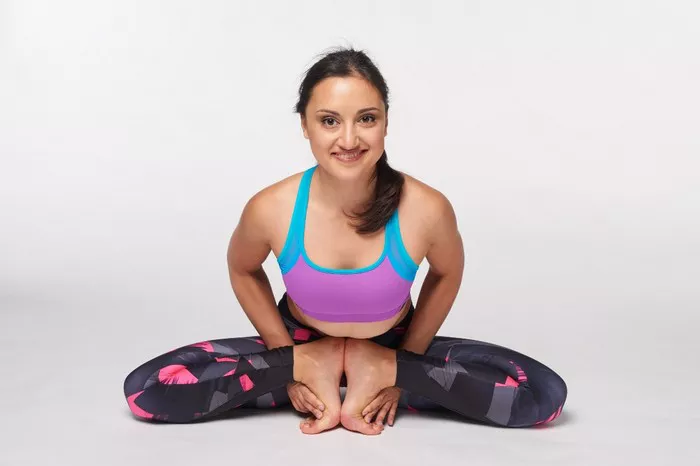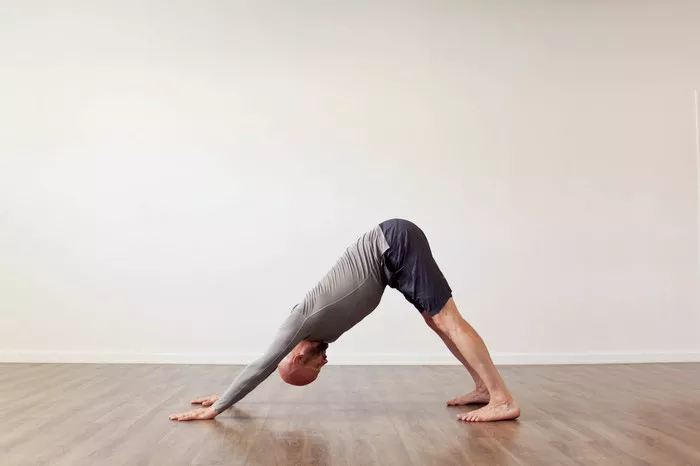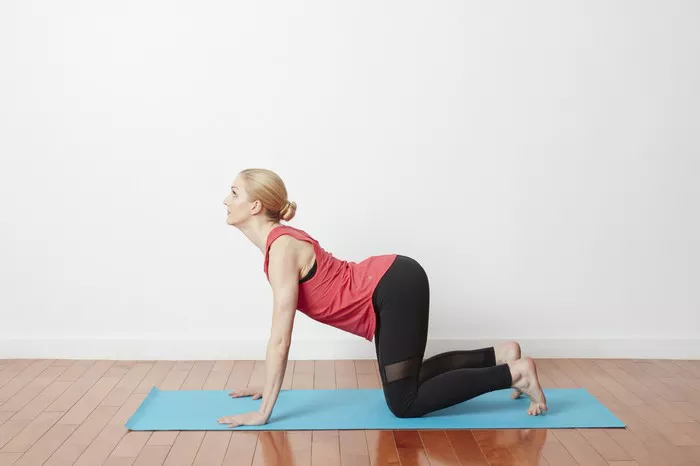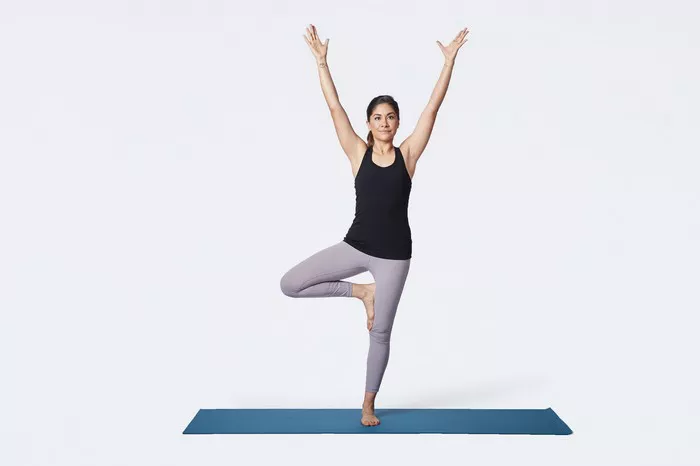Yoga is an ancient practice that has been celebrated for its numerous health benefits, from improving flexibility and strength to enhancing mental clarity and reducing stress. Among the many poses (asanas) in yoga, one that is frequently recommended by instructors and practitioners alike is the Downward-Facing Dog, or Adho Mukha Svanasana. This pose is often included in yoga sequences for its holistic benefits, such as improving posture, stretching the body, and promoting overall relaxation. But beyond these general benefits, can the Downward Dog specifically help with congestion, especially in the respiratory system?
Congestion is a common issue, often arising due to colds, allergies, sinus infections, or respiratory illnesses, and it can lead to discomfort, difficulty breathing, and even fatigue. Many people search for natural remedies to alleviate this condition, and yoga, with its emphasis on breath control and bodily movement, might be an effective way to provide relief. In this article, we will explore how the Downward Dog pose may help alleviate congestion, its benefits, and the connection between breathing and yoga poses in promoting respiratory health.
Understanding Congestion: What is It?
Congestion refers to the blockage or narrowing of the airways, particularly in the nose and sinuses, which can make breathing difficult. The condition can result from various causes, such as:
Nasal congestion: Swelling or inflammation of the blood vessels inside the nose, often caused by colds, flu, or allergies.
Sinus congestion: Inflammation or infection of the sinuses, leading to blockage of the sinus cavities, which can cause pain, pressure, and difficulty breathing.
Chest congestion: A condition where mucus or phlegm builds up in the chest or airways, commonly associated with bronchitis, pneumonia, or other respiratory conditions.
While over-the-counter medications can be used to treat congestion, many individuals also turn to alternative methods such as herbal remedies, steaming, or yoga practices. Yoga, with its focus on breath and postural alignment, can play an important role in improving respiratory function, boosting circulation, and alleviating some of the discomfort associated with congestion.
The Anatomy of Downward Dog
To understand how Downward Dog might help with congestion, it’s important first to examine the anatomy and mechanics of the pose itself.
Downward-Facing Dog is a foundational yoga posture that stretches and strengthens several key areas of the body, including the back, legs, and arms. To perform this pose, follow these steps:
- Start on your hands and knees, with your wrists directly below your shoulders and your knees directly beneath your hips.
- As you exhale, lift your hips toward the ceiling, straightening your legs and forming an inverted “V” shape with your body.
- Keep your hands shoulder-width apart, and your feet should be hip-width apart.
- Press your heels toward the floor, aiming to straighten your legs while keeping your knees slightly bent if necessary.
- Lengthen your spine by actively reaching your tailbone up toward the sky and your chest toward your thighs.
- Your head should be between your arms, with your ears aligned with your upper arms.
While the pose itself might seem simple, it involves a deep stretch throughout the body, and it activates numerous muscle groups. The key benefits of Downward Dog include:
- Stretching the hamstrings, calves, and back.
- Strengthening the arms, shoulders, and core.
- Improving circulation and blood flow.
- Enhancing posture and spinal alignment.
However, it’s not just the physical benefits that make this pose valuable for those dealing with congestion; the effects on breathing and circulation are just as important.
The Role of Breath in Yoga and Congestion Relief
Breathing is a central element in yoga practice. The breath is deeply linked to the flow of energy in the body, and many yoga practices, including Downward Dog, focus on the concept of pranayama—the control and regulation of breath. Slow, deep, and mindful breathing helps to relax the body and reduce tension, but it also serves a more practical function: it encourages the movement of air into the lungs, facilitating better oxygenation and the clearing of airways.
When practicing Downward Dog, the following mechanisms related to breathing come into play:
Increased lung capacity: By performing Downward Dog, you stretch and lengthen the chest, which can help to open up the lungs and improve lung capacity. The opening of the chest also encourages deeper inhalations, which can be particularly beneficial when dealing with congestion in the chest area.
Breathing focus: In yoga, practitioners are encouraged to breathe deeply through the nose (and sometimes through the mouth during more advanced practices). Deep, controlled breathing helps clear the sinuses and reduce feelings of nasal congestion. In the case of Downward Dog, as you focus on your breath, the body is more likely to release tightness in the chest and sinuses, aiding in the relief of congestion.
Nasal breathing and sinus drainage: As you lengthen the spine and tilt the head in Downward Dog, gravity aids in the natural drainage of mucus from the sinuses. The inversion aspect of the pose (where the head is lower than the heart) can also help to relieve sinus pressure and facilitate better airflow through the nasal passages.
Relaxation of the diaphragm: The diaphragm is a large muscle that plays a key role in breathing. When you engage in deep breathing while holding a yoga pose like Downward Dog, you are encouraging the diaphragm to expand and contract fully, which can help relieve the pressure caused by congestion in the chest and airways.
Blood circulation and reduced inflammation: Inverted poses like Downward Dog increase blood flow to the head and upper body. This increased circulation can help to reduce inflammation and relieve symptoms of congestion. When circulation improves, it aids in better mucus movement, reducing the buildup of congestion in the nasal passages and sinuses.
The Physical Benefits of Downward Dog for Congestion
While breath plays an important role in alleviating congestion, the physical posture of Downward Dog can also directly assist with decongestion. Here’s how:
Postural alignment: Downward Dog helps to straighten and lengthen the spine, which improves overall posture. Good posture can reduce tension in the body, especially around the chest and neck area, which may ease the sensation of tightness or pressure associated with congestion. It also helps to open the chest, making it easier to breathe deeply.
Stretching the upper body: Downward Dog stretches the arms, shoulders, and back. By releasing tension in these areas, you allow your upper body to expand more fully, which can make it easier for the lungs to fill with air. This expansion encourages the sinuses to clear and reduces the sensation of tightness in the chest.
Relieving tension in the neck and face: Since congestion often involves sinus pressure and facial discomfort, Downward Dog’s inversion can relieve pressure in the face and neck. The gentle downward tilt of the head can encourage sinus drainage, while the stretch in the back of the neck can help to alleviate pain associated with sinus headaches.
Reducing stress and promoting relaxation: Chronic stress and anxiety can exacerbate congestion and make breathing more difficult. Downward Dog, by promoting relaxation and calming the nervous system, can help reduce the stress response, which in turn may help alleviate physical symptoms of congestion. When you feel relaxed and grounded, your body is better able to fight off inflammation and clear blockages.
Additional Yoga Poses That Can Help with Congestion
While Downward Dog is a powerful pose for relieving congestion, it can be even more effective when combined with other yoga postures designed to target specific areas of the body related to breathing and respiratory health. Here are some additional poses that can complement Downward Dog for relieving congestion:
Child’s Pose (Balasana): A restorative posture that encourages relaxation and helps to release tension in the back, neck, and shoulders.
Bridge Pose (Setu Bandhasana): An excellent pose for opening the chest and improving circulation.
Cat-Cow Pose (Marjaryasana-Bitilasana): This dynamic movement helps to stretch the spine and relieve tension in the chest and abdomen, which can aid in clearing congestion.
Legs Up the Wall (Viparita Karani): An inversion that helps to relieve sinus pressure and encourages circulation throughout the body.
Cobra Pose (Bhujangasana): A gentle backbend that opens the chest and increases lung capacity.
Conclusion
In conclusion, Downward-Facing Dog (Adho Mukha Svanasana) is a highly effective yoga pose that can help alleviate congestion, especially when it comes to relieving nasal and chest congestion. By encouraging deeper breathing, improving posture, stretching the chest, and promoting better circulation, this pose plays a key role in reducing the discomfort caused by congestion. The combination of physical benefits and breath-focused practice makes Downward Dog an excellent tool for those seeking relief from respiratory blockages.
As with all yoga practices, it’s important to listen to your body and approach each pose with mindfulness. If you are experiencing significant congestion due to an underlying health condition, it is always recommended to consult a healthcare professional for guidance. However, when practiced regularly and in combination with other complementary poses, Downward Dog can be an effective, natural way to help clear congestion and promote better respiratory health.
Related topics


























